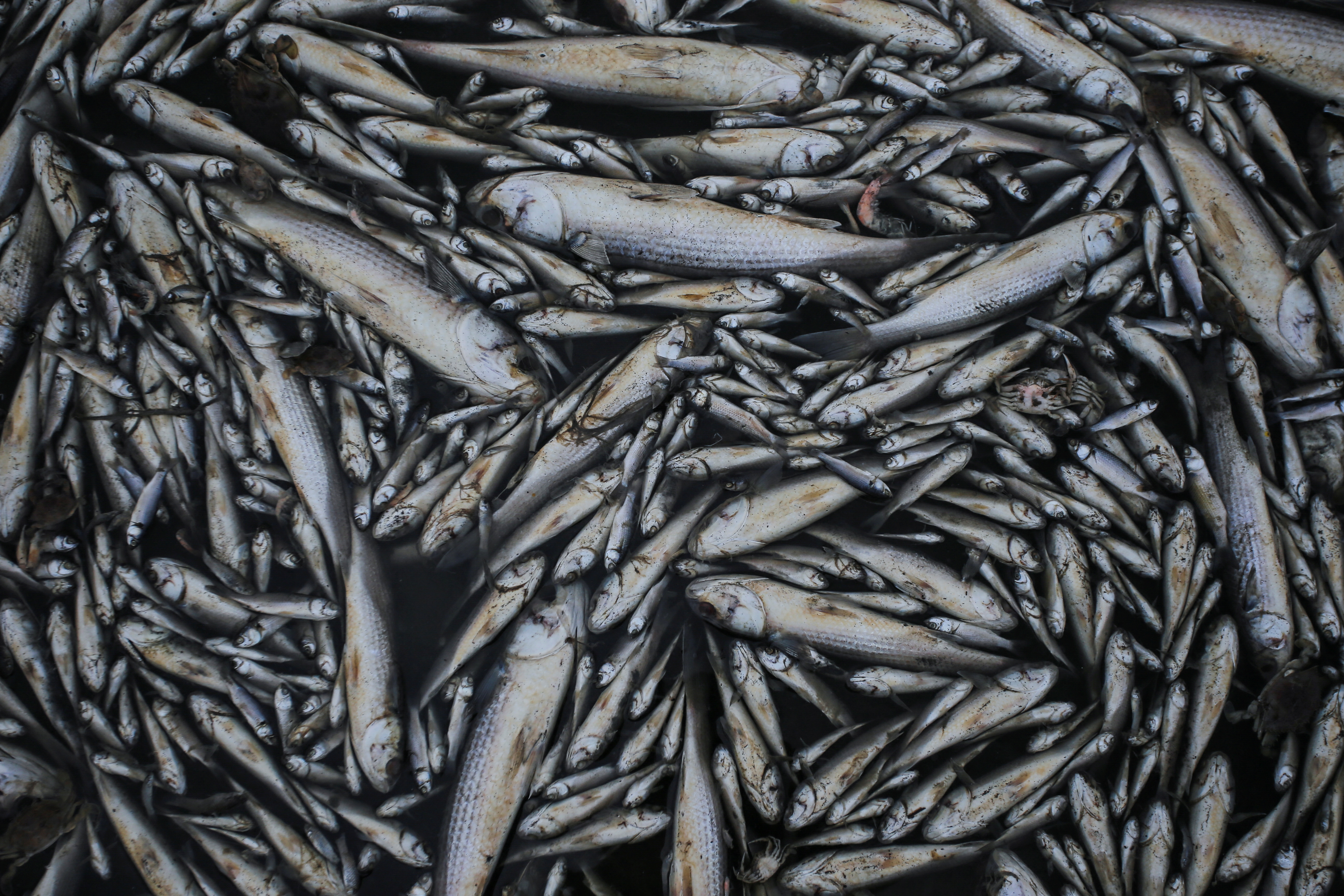TAVARES, Brazil, Feb 7 (Reuters) - Under a vast gray sky, fisherman Daniel de Matos Rosa waded through the shallow waters of a southern Brazilian lagoon clogged with dead fish - the latest mass casualties of the country's punishing drought.
Rosa estimated 15-20 tonnes of fish had died in the brackish waters of the so-called Fish Lagoon, located on a giant spit of land some 230 km (140 miles) south of the city of Porto Alegre, as a heatwave and sharp decrease in rains had lowered the basin's water level.
Brazil is suffering one of its worst droughts in decades, pushing up food and power prices, fanning double-digit inflation in a country already battered by one of the world's deadliest coronavirus outbreaks, and hurting producers like Rosa.
"We've had huge losses," said Rosa.
The drought has mainly affected southern Brazil, while regions further north have seen devastating floods. But across much of the south, high temperatures and little rain have ravaged an area heavily reliant on agriculture.
In Argentina, the government has urged citizens to limit water use in a bid to alleviate pressure on the Parana River, a key grains thoroughfare that is at a 77-year low due to a lack of rainfall upriver in Brazil.
December's excruciating heat and dryness led several private forecasters to slash their estimates for Brazil's soy output this year by some 10 million to 11 million tonnes to about 133 million to 134 million tonnes.
Last month, Brazilian meat industry group ABPA said Brazilian consumers could see another round of stiff rises in food prices this year as meatpackers grapple with higher costs due to a drought hurting the crops used to feed livestock.
Rosa said it was impossible to truly quantify the number of fish that had died, but said it was devastating for him and his family.
"The drought is punishing us fishermen," he said.
Register now for FREE unlimited access to Reuters.com
Our Standards: The Thomson Reuters Trust Principles.


